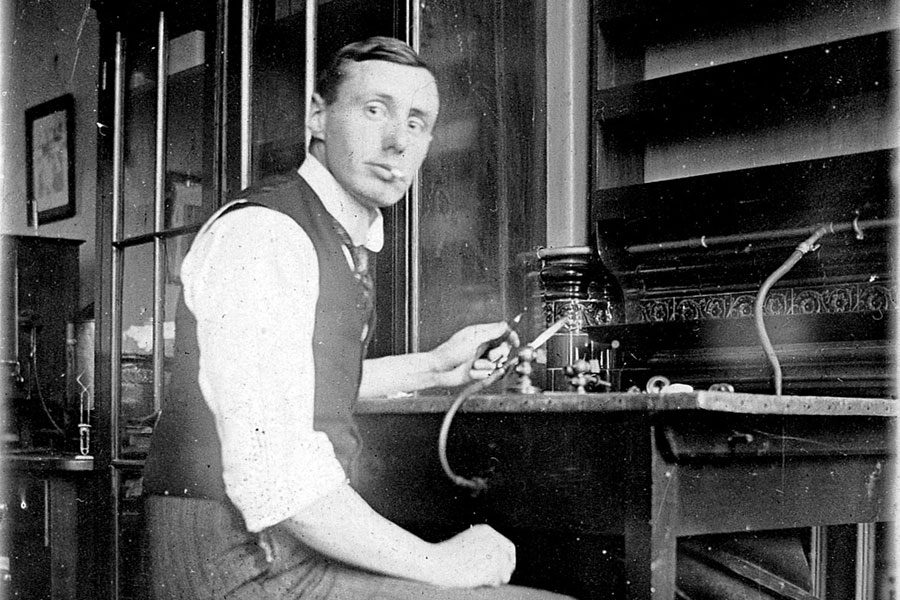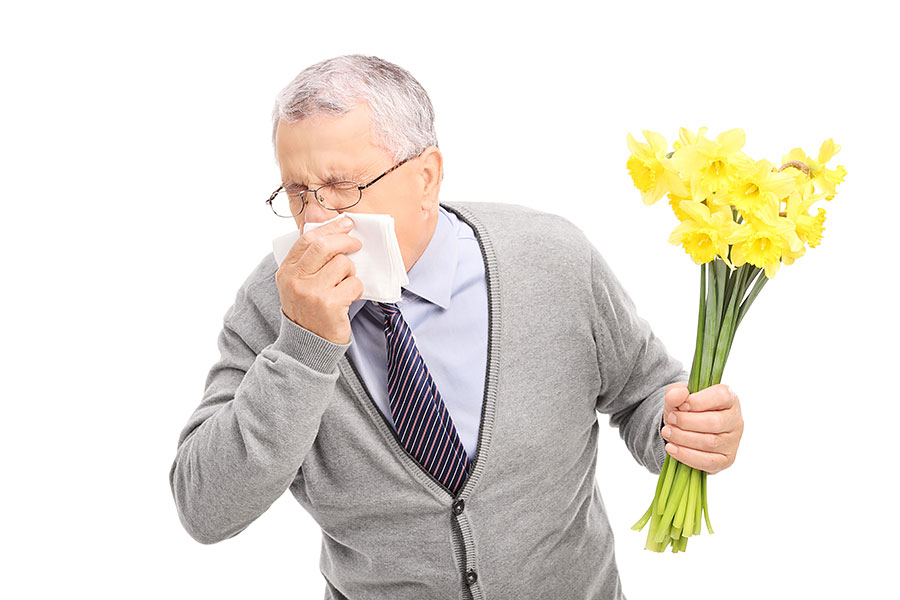The start of Spring means the busiest time for allergy practices across the U.S. For some patients, allergenic immunotherapy (allergy shots) provides long-term relief from symptoms. Here’s a look back at this important medical treatment that has improved the lives of millions.
In 1911, a young scientist in London published a paper about his research, paving the way for allergenic immunotherapy. In his article “Prophylactic Inoculation Against Hay Fever,” Leonard Noon described giving weekly injections of grass pollen extracts (prior to pollen season) to people who suffered with hay fever. Once pollen season arrived, he noted a marked decrease in hay fever symptoms. Noon died of tuberculosis at age 35, and his colleague John Freeman continued his work. Freeman’s research provided the key information that there was a long-term benefit to the injections. Noon and Freeman’s work “was based on the positive results of vaccines that produced protection against infectious diseases such as smallpox,” reports the American College of Allergy, Asthma & Immunology.
Immunotherapy reduces symptoms in about 85% of people with hay fever, says the American College of Allergy, Asthma & Immunology. Immunotherapy is also used for other allergens, including insect stings, mold, house dust, and animal dander.




